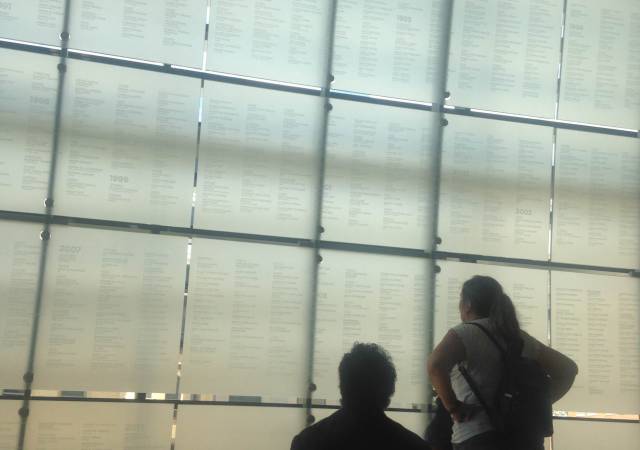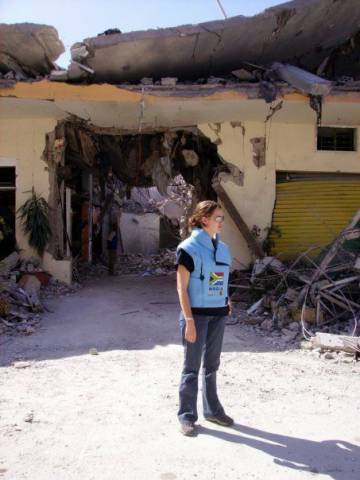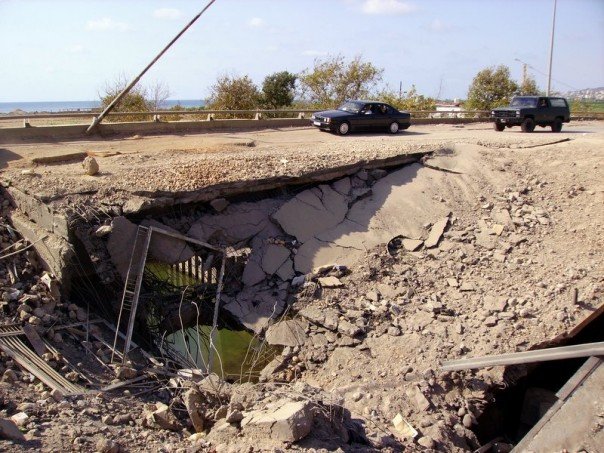The translucent green of the double-volume Journalists Memorial Gallery at the Newseum, lends it a serene air that belies its darker nature. It is, when one stops to think about it, a sombre sight to behold: the names of thousands of journalists who’ve died in the field over the last 177 years, etched into panel after panel of sandblasted glass to form a wall that stretches two stories high.
As I sit under the gentle curve of the wall’s arc, contemplating its weight leaning over me, I’m searching for names I might recognise, wondering who they all were and how they all died. There were so many.
The sound of a brash voice approaching at speed jars me out of my musings. I swing my head to see a shortish, frumpy-looking woman stridently leading a young couple right to the base of the wall. At first I feel a flash of annoyance at this woman barging into this still, reflective space, talking at the top of her voice in an accent I can’t quite place. She jumps up on one of the benches (the audacity!) and starts stabbing a stubby figure at the cool glass wall.

I’m about to walk out in a huff, my quiet reverie shattered, but one word hooks me and hauls me back into the space: “friends”.
Standing stock-still and suddenly all ears, I begin to listen to what she says. It turns out she is a journalist from somewhere in Eastern Europe, Georgia I think. The woman points out the names of fellow reporters who had been killed on the job in various countries. I don’t pick up any emotion in her voice; it’s just a matter-of-fact relay of information.
Under that wall of names she speaks about how she moved around in a conflict zone with another friend of hers, a man, and how they played a twisted sort of game against one another during their time together. Whenever she was driving their vehicle and they got shot at, she got to circle the bullet holes with a pink permanent marker. When he was behind the wheel, he did the same with a blue one. They kept a running tally of how many shots they’d survived driving that car, and it became a source of great competition between them.
I want to jump in and ask the woman her name and listen to her story, but something about the look in her eyes holds me back. This isn’t the time or the place to interrupt. She is probably not even aware of me standing behind her, yet I feel a deep connectedness with this person whose name I don’t know. The half-smile, the detached voice, the outward bravado in the face of such tragedy reminds me all to well of the familiar conversations I’ve had with some colleagues who’ve seen and done too much. In my own small way, I can also identify with the emotional tussle I think I see playing out on her face.
Almost a decade ago, as a 23-year-old cub reporter, I somehow ended up in Beirut covering the 2006 Israel-Lebanon conflict. It wasn’t because I was particularly brave or especially talented; I was just in the right place at the right time (or the wrong place at the wrong time!), with a valid passport and the temerity to accept the assignment.

These days, the memory of that experience is not much more than a worn-out party trick, a tired old story that my colleagues roll their eyes at, “that one time when Cam got to play war correspondent.” I was too young and way too inexperienced to be there, or to fully appreciate the magnitude of the experience. But what I did get out of it was an electric sense of being alive, of being present in the moment and of properly confronting my own mortality for the first time.
I remember it as being a world of bizarre contrasts, of jolting upright in bed in a fancy hotel room to the sound of early-morning shelling in another part of the city; sitting tensed and startled among the fluffy pillows and white linens in the pitch black, listening to the explosions coming closer and feeling the panic well up inside me. Of being shushed by the far more experienced journalist in the bed next to me. Go back to sleep, they’re far way.
In the evenings, we lived a normal live. I remember the food being great and the company just as good. We went out at night in Beirut, drinking arak and swapping stories. We danced in nightclubs and woke up with hangovers. On days where there was a lull in the fighting, we took furtive daytrips to old Roman ruins.
And then at the beginning of each new day we made the conscious decision to take our lives into our hands. My more courageous colleagues cajoled our driver into ferrying us to places we shouldn’t have been. We drove through the bombed-out shells of what were once neighbourhoods, our cameras hidden under our sweaters but always pointing outwards. We made it down to the frontline near a town called Nabatieh and sat reporting from a local hospital in the midst of the bombardment. We grew wary of bridges and banana plantations, which were both being targeted by the Israeli army.

All those emotions and memories come flooding back to me at the exhibit and memorial wall at the Newseum; but they are tempered by a nagging feeling of being a fraud, a charlatan who played dress up and thought she was cool all those years ago. Yes, perhaps my death was a faint statistical possibility, but I had never felt in any real mortal danger. It would be nice to think that that sense of security was due only to the hubris of youth, but mainly I think it was because I was safer than I’d wanted to admit.
Sitting in the memorial gallery at the Newseum, inundated with uncomfortable memories, I wonder whether any of the people named on the wall ever felt the same; that they were playing at being a conflict reporter, that it was all fun and games. Until suddenly it wasn’t. Or perhaps the play is part of the game, not in a cynical way, but in terms of allowing ourselves some sense of the carefree; of lightness that makes the heaviness bearable and that makes our experiences relatable to other people reading about them from a position of relative safety. After all, a reporter going into a war zone with a pink permanent marker tucked into her flak jacket pocket is someone I would want to hear from back home.
Seeing the names of all those fallen journalists on the memorial wall really brings home the reality of the extreme consequences we can face, of covering stories in dangerous conditions. On one hand, the fact that I never felt in real danger makes my own experience seem somehow playful or insignificant when compared to the sacrifices of those who died. But then I remember also that that very lightness is precisely what allows us to continue to do our work and still remain people.
